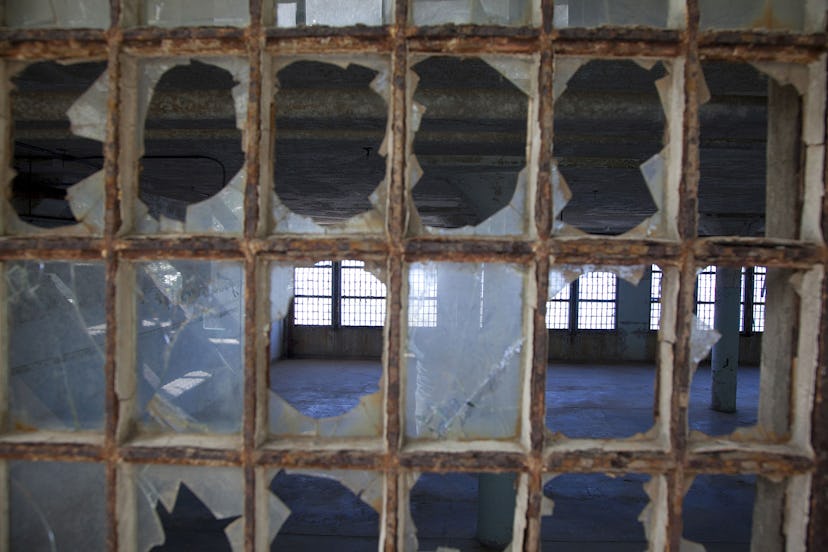Prison Break

What better site for the Beijing-based artist Ai Weiwei to use than the island of Alcatraz—the former federal penitentiary in San Francisco Bay and now one of the most visited national parks in the country—to reference his own 2011 incarceration in a secret prison by the Chinese government and give a nod to prisoners of conscience worldwide? “Whether you’re in jail or in a country that tries to control your activities, communication is the first thing that is limited,” says Cheryl Haines, the executive director of the For-Site Foundation, which has collaborated with the artist to produce seven sculptures and sound pieces for “@Large: Ai Weiwei on Alcatraz,” on view from September 27 through April 26, 2015. Three of the four installation sites have rarely been open to the public, among them Cell Block A, which still has walls tagged with graffiti from the 18-month Native American takeover of the defunct prison in the late 1960s. That history of protest—as well as a palpable sense of isolation—is a theme all too familiar to Ai Weiwei. “Civilization is tantalizingly close—yet inaccessible,” Haines says.